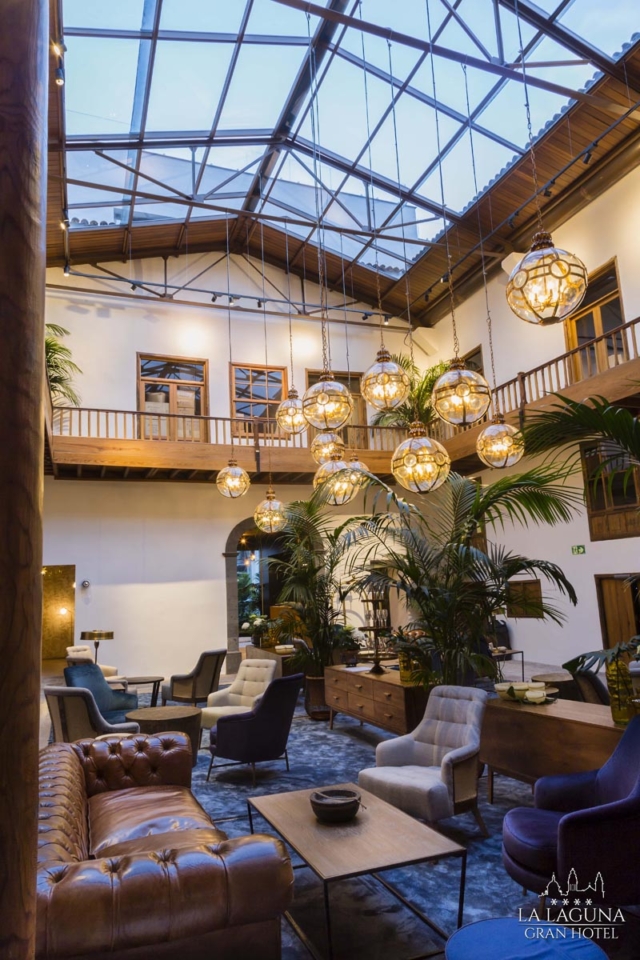Conference Venue: La Laguna Gran Hotel
La Laguna Gran Hotel**** is located in the historical centre of San Cristóbal de La Laguna, a city declared a World Heritage Site by UNESCO. The building that hosts the hotel is a colonial landmark which dates back to 1776. The city is within only 5 minutes by taxi from our northern airport Los Rodeos, and 9km distance from the capital Santa Cruz. The headquarters of the Instituto de Astrofisica de Canarias (IAC) is also in La Laguna, at 15min walk from the hotel.
In the city you can also find the Universidad de La Laguna (ULL), which is the oldest institution of higher education learning in the Canary Islands, with more than 200 years. Its founding decree, signed by King Charles IV of Spain, is dated the 11th March 1792. Currently, this public institution is home to more than 25,000 individuals who are either students, academic or research staff, or administrative staff and service personnel.
The hotel
The Gran Hotel has been renovated to exhibit and underline the traces that both history and time have left on it. There was a time when the windmills worked with the power of the streams that flowed close to the Anaga mountains. They grinded the grain that gave the former name to Calle del Agua, close to the square of Adelantado and in front of the palace of Nava and Grimón. In this building that gave the street it’s new name, was were the erudite panelists of Nava secretly gathered, they would call themselves “Los Caballeritos”. They met and analized the politics of an island that was still halfway on its sovereignity, following the ideas of Rosseau and Voltaire. The lords of this House, D. Fernando de la Guerra and del Hoyo Solórzano next to José de Viera y Clavijo (and other learned erudites of this period) discussed the fate of both history and their own story from their priviledged position.
Afterwards, this house became a teaching place, and after that, a cigar factory in order to later become a beautiful hotel. All the three owners of the building during those periods were families emigrated to America, coming from the smaller islands of El Hierro and La Palma. When the transport was based on the power of the winds, the canarians crossed the ocean with the help of the trade winds, looking for a future in the European capital cities.
Nowadays you can clearly see the two different buildings, without continuity marks although. The original one, built between the 16th and 17th centuries, and the new part. Thus, modern services for your enjoyment and confort have been carefully prepared and set forth.
Map with the location of the Gran Hotel, other hotels and the IAC
